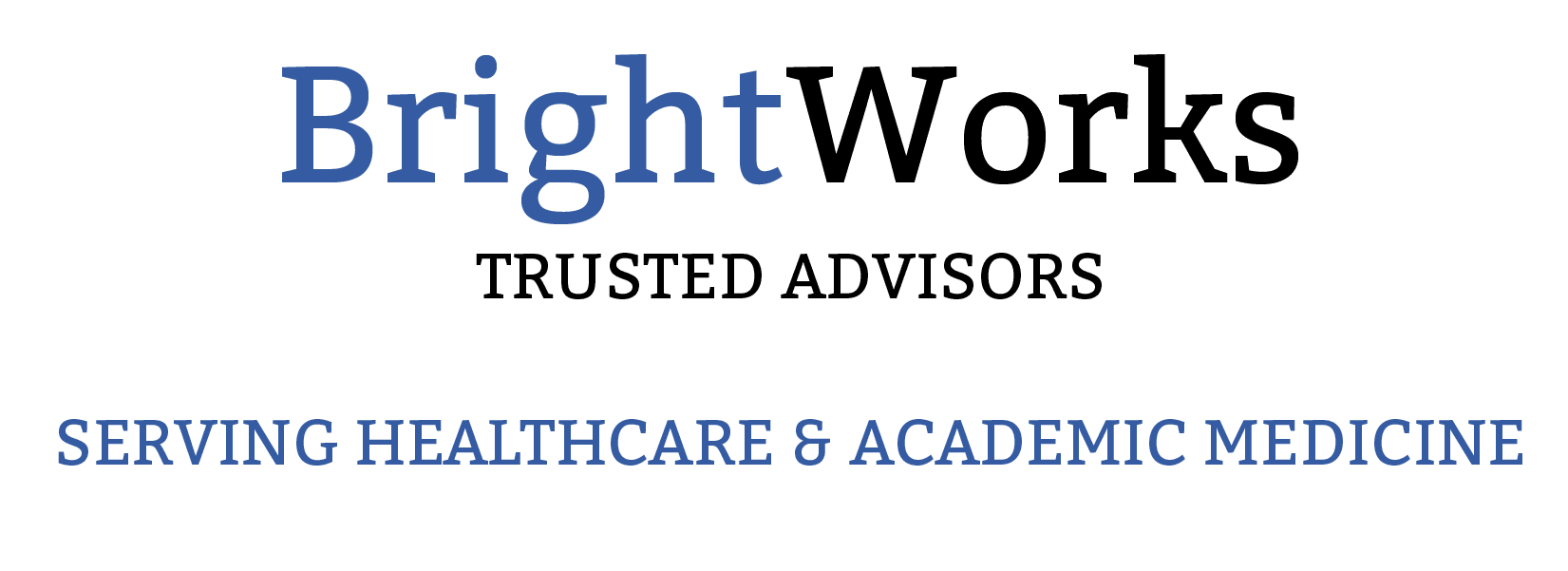Navigating the Future of Academic Medicine: Solutions for Today’s Pressing Challenges
By Dr. Richard V. Homan, MD, FAAFP, FCPP

Navigating the Future of Academic Medicine: Solutions for Today’s Pressing Challenges
Academic medicine stands at a pivotal juncture, facing multifaceted challenges which demand bold leadership, data analytics, and innovative solutions. Academic Health Centers (AHC’s) are navigating through material financial constraints, technological advances, evolving educational paradigms, new health system alliances, quality and patient safety deficiencies, the demands of consumerism, and the imperative to address health disparities. Now is the time to challenge existing norms and rapidly adapt to achieve sustainable excellence in the core missions of education, research, and clinical care. In this complex landscape, strategic guidance becomes indispensable to ensure these institutions not only survive but thrive.
Financial Pressures and Sustainability
Academic Health Centers are experiencing unprecedented financial pressures. Historically, operational margins generated from the clinical enterprise have subsidized the educational and research enterprises. Clinical margins are now under extreme stress resulting from diminishing reimbursement payments, inflationary costs, and the aftermath of the global pandemic. These pressures strain AHC’s ability to adequately fund their core missions. The rising cost of medical education and the attendant rise in medical school tuition have also resulted in markedly increased student debt, considerable influence in specialty choice, and a potential deterrent for prospective students.
To navigate these financial challenges, AHCs require comprehensive financial improvement strategies. Implementing cost assessments and reductions, focusing on operational efficiency, use of innovative educational technologies, development of new interinstitutional collaborations, and identifying new revenue enhancement opportunities are all critical for financial sustainability. Conducting thorough cost analysis evaluations of service lines, academic programs and business activities, AHC’s can uncover opportunities to recalibrate resources, deliver the educational enterprise at a lower cost, and improve their financial position.
Evolving Educational Models
The landscape of medical education is undergoing significant transformation. There is a movement towards integrating healthcare analytics and delivery science into curricula, emphasizing the understanding of clinical care workflow, new models of patient care, quality metrics, technology and artificial intelligence integration, and population health. This educational evolution will produce physicians, and other healthcare professionals, who are not only clinically proficient but also adept at navigating complex healthcare systems and improving the health of the population they serve.
Many research intensive AHC’s, which subsidize the research enterprise through philanthropy and revenue from the clinical enterprise, will continue to invest and focus on advancing basic science research which is critical to develop innovative technologies and treatment opportunities to improve the global health. Notwithstanding, many educationally focused AHC’s have begun to shift their research focus toward healthcare analytics, public health, and delivery science to align their research enterprise with their educational and clinical enterprises at a lower cost. Coordinating the priorities of AHC’s core missions can improve the quality and efficiency of care, improve patient and community health outcomes while simultaneously improving their educational programs and advancing their academic reputations.
Re-engineering the delivery of the educational programs with interinstitutional collaborations, virtual instruction and emerging artificial intelligence tools can reduce the cost of the educational enterprise and debt burden of our students. New and innovative market driven health professional programs can also provide workforce pipelines for new professionals to participate in the transformation of institutional priorities.
However, integrating these new educational models presents challenges. Institutions must balance traditional medical and health professional training with emerging competencies, necessitating curriculum redesign and faculty development. Strategic planning and implementation support are essential to ensure these transitions enhance educational outcomes without compromising the quality of medical and health professional training.
Addressing Health Disparities and Equity
Health disparities remain a pressing concern for the nation. Academic Health Centers are well positioned to improve the health of vulnerable and underserved communities through the concerted and coordinated focus of their clinical, educational and research assets. The COVID-19 pandemic has exacerbated existing inequities, highlighting the need for AHCs to play an initiative-taking role in addressing social determinants of health. This involves not only clinical care but also community engagement and research focused on health equity and outcomes.
To effectively address these disparities, institutions must develop comprehensive strategies that encompass policy development, community partnerships, and targeted interventions. Expertise in organizational and leadership optimization can facilitate the creation of frameworks that promote equity and inclusion within both the institution and the communities they serve.
Strategic Partnerships and Market Positioning
In an increasingly competitive healthcare environment, strategic partnerships, integration of innovative technologies, re-engineering clinical workflow, and effective market positioning are vital to a successful transformation. Collaborations across a myriad of potential partners can enhance research capabilities, expand clinical services, and improve educational programs. However, identifying and negotiating beneficial partnerships requires a nuanced understanding of the healthcare landscape and the institution’s strategic goals.
By leveraging expertise in business and market positioning, AHCs can identify opportunities for growth and collaboration that align with their missions and enhance their competitive edge. This strategic approach ensures that partnerships are not only beneficial but also sustainable in the long term.
Conclusion
Academic Health Centers have significant challenges which require thoughtful and strategic responses. Financial constraints, evolving educational demands, clinical performance, health disparities, and the need for strategic partnerships necessitate a comprehensive approach to achieve institutional transformation and sustainability. By engaging with experienced consultants who offer tailored solutions in financial improvement, organizational optimization, cost reductions and strategic planning, academic health centers can navigate these complexities effectively, ensuring their continued growth and success in a dynamic healthcare environment.
